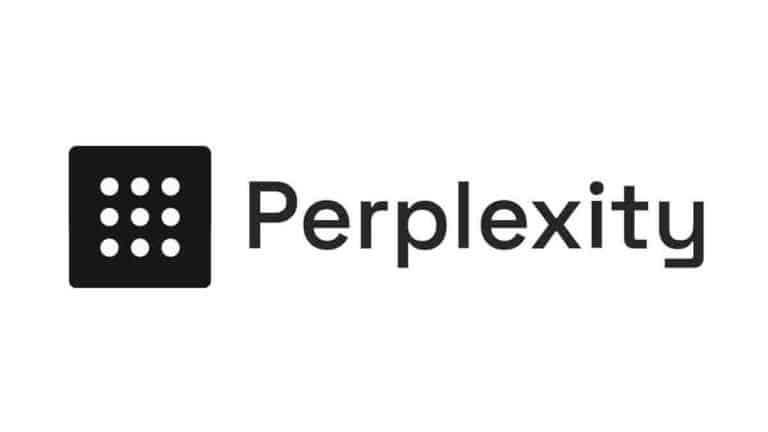There are different types of recommendation systems used in a variety of applications that intend to ease the interactions of users with the system and bring multiple benefits to the businesses. Sequential recommendation systems are one among these which models the sequential behaviour of users and recommends the items in a sequence. In this article, we will have a close look at the sequential recommendation system and we will try to understand how it works. The major points to be covered in this article are listed below.
Table of Contents
- Types of Recommendation Systems
- What is a Sequential Recommendation System?
- How are Sequential Recommendation Systems Different from Others?
- When to use Sequential Recommendation Systems?
- How Does it Work?
- Data Characteristics and Challenges
- Applications of Sequential Recommendation System
Before moving on to the sequential recommendation systems, let us have an understanding of the types of recommendation systems.
Types of Recommendation Systems
In general, there are two types of recommendation systems:
- Collaborative filtering systems
- Content-based filtering systems
The above image shows the difference between collaborative and content-based filters. Collaborative filtering is the process of predicting your preference based on others users’ similar interests. That means if person A and B have a similar interest in the product, then they are likely to have similar interests in other products also.
Content-based filtering systems predict your preference based on only your profile only. It tries to match what you have liked previously. Consider that if you are listing songs of a certain singer only in Spotify then it will try to recommend you songs from the same singer.
What is a Sequential Recommendation System?
Sequential recommendation systems try to understand the user input over time and model in sequential order. The user input interaction is essentially sequence-dependent. That means if a person books a flight, it books a taxi also for the destination, and books a room. This information is stored in sequence. If another person books a flight and taxi, the system will give recommendations for hotel or room booking. Both users’ preference and item popularity are dynamic or it changes over time.
For instance, we can see more people are buying wireless earphones and some people tend to buy new phones every year. By these tends, the popularity of some phones or earphones or any other products changes. Such dynamic profiling is of great significance for precisely profiling a user or an item for more accurate recommendations and they can only be captured by only Sequential recommendation systems.
How are Sequential recommendation systems different from others?
In traditional recommendation systems like Collaborative filtering and Content-based filtering models, items interactions are in a static way and only capture the user’s general preferences. But in the Sequential recommendation system, the item interaction is a dynamic sequence.
When to use Sequential Recommendation Systems?
In the digital world, where everything is going digital, user’s sequential behavior is a wealth of information. A sequential recommendation system can be used in the field of e-commerce to determine the historical behavior of the person and predict continuous change in preference.
How Does it Work?
Generally, a sequential recommendation system takes a sequence of information from users and tries to predict the subsequent user-item interactions that may happen in the near future. Given a sequence of user-item input interactions, the model will rank the top candidate items. This item is generated by maximizing a utility function value.
Where f is a utility function to output ranking score, S is a sequence of user-item interactions and takes the value as a list.
The above figure represents a sequential recommendation system where ci is the behavior type and oi is behavior object. Mainly deep neural networks are used for recommendation systems which is very good in capturing comprehensive relations over different entities in sequence.
The above figure shows the categorization of sequential recommendation system approaches from a technical perspective. Some examples of it include RNN-based sequential recommendation system, CNN-based sequential recommendation system, GNN-based sequential recommendation system.
Data Characteristics and Challenges
As the behavior of customers, for example, shopping is diverse and complex in a real-world scenario, different data input characteristics from customers will bring different challenges. Some of them are listed in the below table.
Applications of Sequential Recommendation System
Sequential recommendation systems add more value to many industries and the system itself is very user-friendly as it recommends what next action should be taken.
It is used in the e-commerce industry to recommend the next relevant product to customers.
For example, if person A buys sports shoes, then the system will recommend socks. This will help the company to generate more revenue as the recommended product is relevant. It is used in the tourism/travel industry as well. While booking a ticket for a holiday the system will recommend the next step like booking top-rated hotels in the area.
Final Words
In this article, we have got a basic understanding of sequential recommendation systems and could understand how it works. We also had a clear understanding of the difference between traditional and sequential recommendation systems. In the end, we also discussed the challenges faced by the sequential recommendation system along with its applications.
References:



















































































